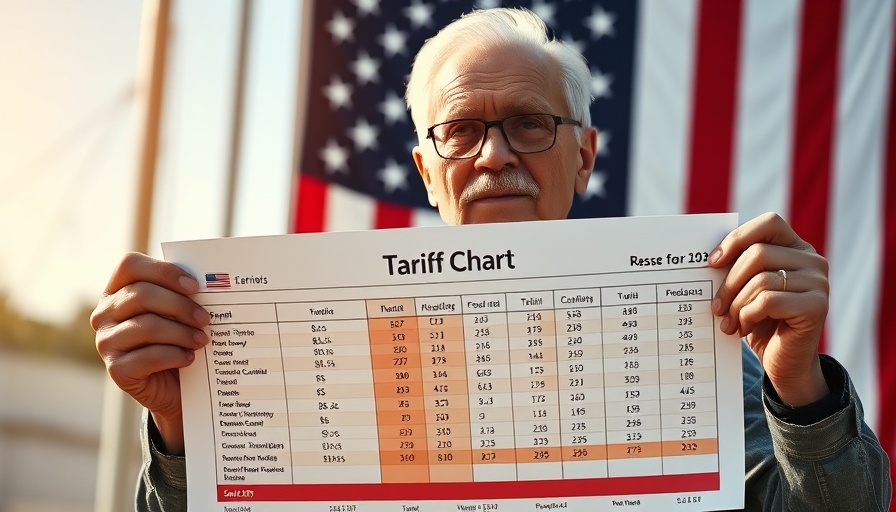
Assessing the Impact: Tariffs and U.S. Manufacturing
On April 2, 2025, President Donald Trump announced sweeping new tariffs aimed at boosting domestic manufacturing amidst an economic emergency. The announcement, made in the White House Rose Garden, included a staggering 34% tax on imports from China and a 20% tax on goods from the European Union. This decision has sparked intense debate about its potential outcomes—will it revitalize U.S. manufacturing, or push the economy towards recession?
The Tariff Controversy: Opinions Split
Supporters of the tariffs argue that they are essential for restoring fairness in global trade after years of perceived exploitation. Trump insists that these measures will bring factory jobs back to America, claiming that taxpayers have been “ripped off” for over fifty years. However, critics express concern over the immediate repercussions, as essential goods, including housing and clothing, are expected to rise in price. With stock market futures reacting negatively to this announcement, political ramifications are anticipated, especially from Republican senators representing agricultural and border states.
Historical Context: A Risky Precedent?
Experts warn that the current tariff levels rival those seen during the Smoot-Hawley Tariff Act of 1930, which incited a global trade war and exacerbated the Great Depression. Economic analysts, including those from the Cato Institute, caution that Trump’s tariffs may lead to unintended consequences, possibly triggering a severe slowdown as businesses and consumers face record price hikes. This scenario could disrupt not only U.S. manufacturing but also the broader global trade system established post-World War II.
Future Outlook: What Lies Ahead?
As we assess the implications of these tariffs, the question remains: can U.S. manufacturing truly be boosted under such conditions, or will we slide deeper into economic turmoil? For residents of North County San Diego and beyond, understanding the dynamics of this situation is critical as it could impact job markets, local economies, and future trade relations.
It's essential to stay informed about how these tariffs might affect everyday life, from rising costs of goods to changes in employment opportunities. Keep a close watch on the unfolding developments, as they could reshape the economic landscape significantly.
 Add Row
Add Row  Add
Add 




 Add Row
Add Row  Add
Add 

Write A Comment